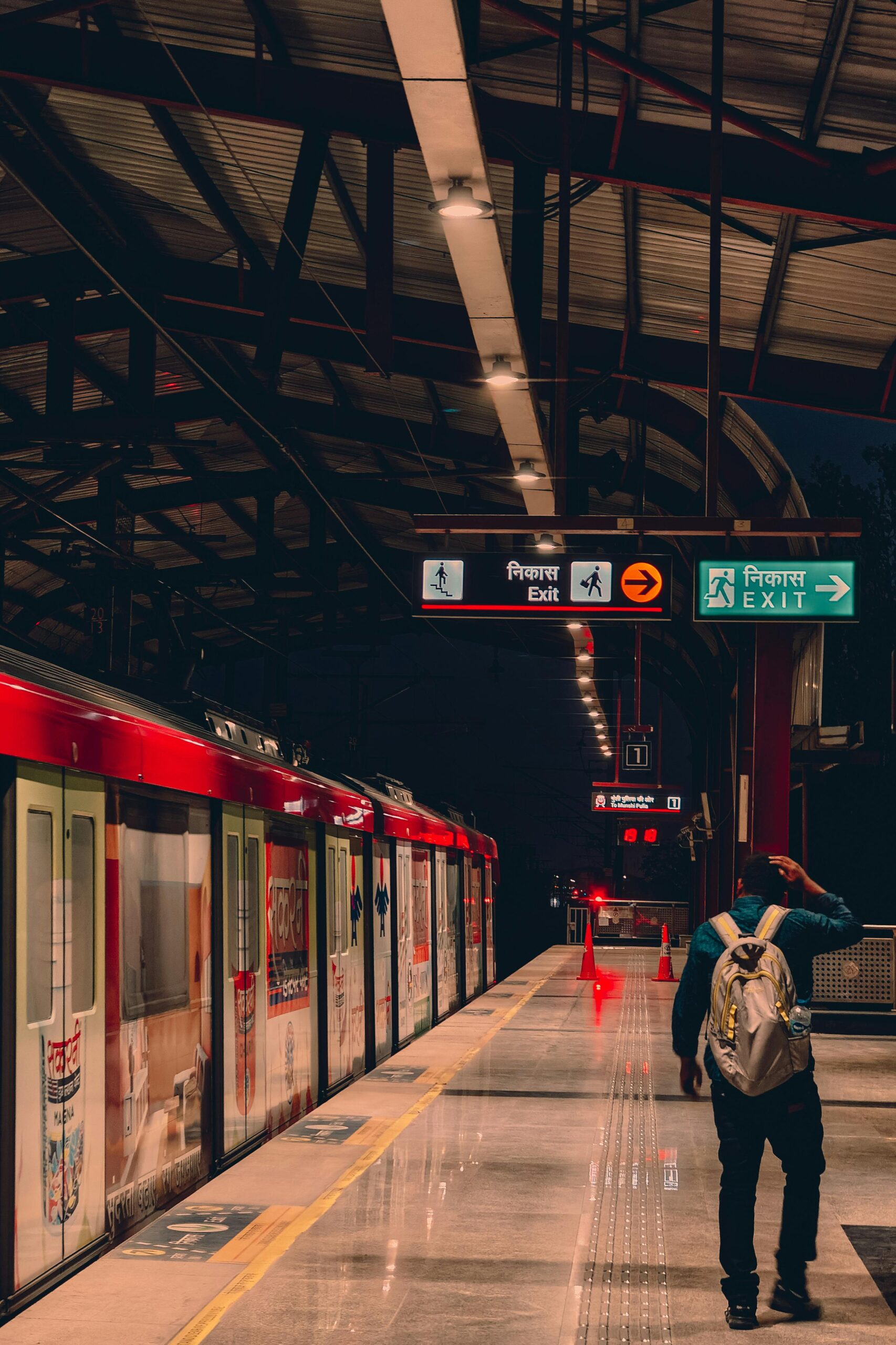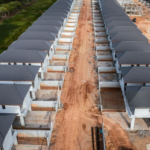
India’s Bullet Train Project Achieves 60% Completion Amid Tight Deadlines
- admin
- June 24, 2025
- Development, India
- 0 Comments
Nation’s First High-Speed Rail Corridor Nears Operational Milestone
New Delhi, India: The ambitious Mumbai-Ahmedabad Bullet Train Project, India’s first high-speed rail corridor, has achieved 60% completion as of 2025, according to the National High-Speed Rail Corporation Limited (NHSRCL). Despite tight deadlines and challenges such as land acquisition and the pandemic’s impact, the project is on track for its revised operational deadline of 2027.
Aiming to revolutionize Indian railways, the project will connect Mumbai and Ahmedabad through a 508-kilometer corridor, drastically reducing travel time from six hours to just two hours.
Key Milestones Achieved
1. Infrastructure Development
- Construction of 326 kilometers of the rail line, including viaducts and tunnels, is complete, with significant progress in Gujarat and Maharashtra.
- The world’s largest concrete girder launcher was deployed to speed up the installation of elevated tracks.
2. Technological Integration
- Cutting-edge Japanese Shinkansen technology is being used, ensuring top speeds of up to 320 km/h and enhanced passenger safety.
- Integration of seismic sensors and real-time monitoring systems ensures the corridor’s resilience against earthquakes.
3. Station Construction and Design
- Work on 12 stations, including Mumbai, Surat, and Ahmedabad, has reached advanced stages, incorporating modern designs inspired by local culture.
Economic and Environmental Impact
1. Job Creation and Skill Development
- The project has generated over 100,000 jobs, including engineers, technicians, and construction workers, boosting the local economy.
2. Carbon Emission Reduction
- The shift from road and air travel to rail is expected to cut annual carbon emissions by 1.2 million tonnes, aligning with India’s net-zero 2070 goals.
3. Economic Integration
- Faster connectivity is expected to enhance trade and tourism between Maharashtra and Gujarat, contributing an additional ₹10,000 crore annually to the regional economy.
Challenges and Future Goals
1. Land Acquisition Delays
- Securing the remaining 30% of required land in urban areas remains a hurdle, with ongoing negotiations between the government and landowners.
2. Cost Management
- Project costs, initially estimated at ₹1.08 lakh crore, have risen due to inflation and pandemic-related delays, necessitating additional funding strategies.
3. Expanding the Network
- Plans for similar corridors connecting major Indian cities, including Delhi, Bengaluru, and Kolkata, are under evaluation.
Stakeholder Reactions
Government Perspective:
- Railways Minister Ashwini Vaishnaw called the milestone a testament to India’s engineering capabilities and international collaboration. “This project is not just about speed but also about efficiency and sustainability,” he remarked.
Public Sentiment:
- Residents of Gujarat and Maharashtra expressed optimism about the project’s impact on commuting and regional development.
Global Recognition:
- The Japan International Cooperation Agency (JICA), which funds 81% of the project through a soft loan, praised India’s progress in adopting world-class rail infrastructure.
Conclusion
The Mumbai-Ahmedabad Bullet Train Project, now 60% complete, represents a significant leap in India’s transportation infrastructure. With its focus on cutting-edge technology, environmental sustainability, and economic integration, the project is set to redefine travel and connectivity in the country, bringing India closer to realizing its high-speed rail ambitions.


